"You First" Fit Methodology
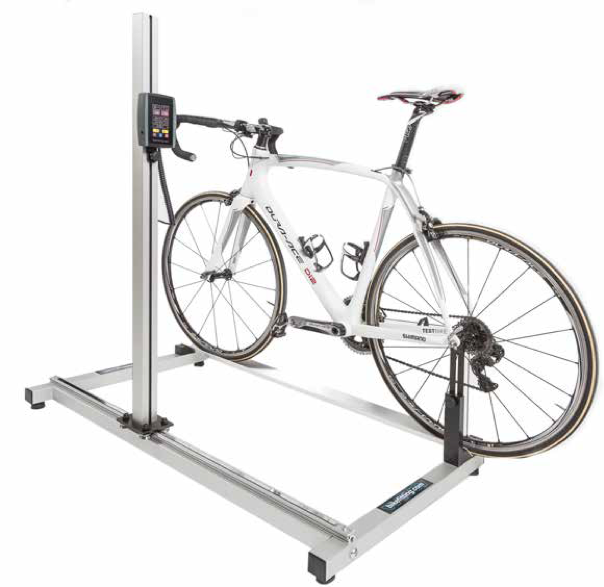
Shimano Bike Adjuster Tool Bike Measure
Using specially designed metal mount points and laser targets, the Shimano Bike Adjuster Tool brings a whole new level of precision to measuring how your bike is setup. It can be used without taking the wheels off and is suitable for any bicycle type. It always uses the center of the bottom bracket as a starting point. From there is calculates XY coordinates for handlebar, saddle and can easily be used to track any other position on the bike, for example stack and reach. It can also be used to precisely measure the impact of changes that might have been made to the bike since the last measurement. The challenge of the use of traditional tape measures is lack of precision, especially across different frames sizes and geometries. A modern fit is an exercise is millimeters and the the Shimano Bike Adjuster Tool brings the necessary high precision repeatability and allows an almost exact measurement reproduction on the Shimano fit bike.
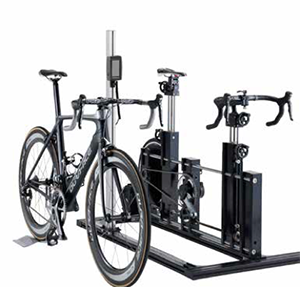
Transfer Laser bike measure to Shimano fit bike
On the Shimano fit bike everything is adjustable, including crank arm length. The first point of departure is to use the precise output from the Shimano Laser Bike measure process to reproduce the exact fit on the Shimano fit bike.
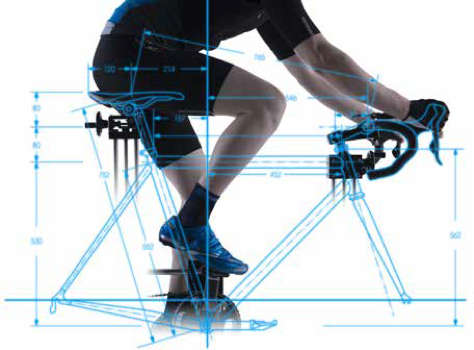
"You First" Bike Fit interview
A vital part of doing a good fit is understanding each unique individual person, "you." What makes you physically unique. Do you have any special situations that need to be accommodated or a problem to be solved. What is your experience of riding now, short distances, long distances, climbing. What are your goals in riding your bike/bikes. The goal of our master fitter is to carefully listen and understand your specific bike fitting needs.

Shimano Body Analysis of You
 Shimano has created a Body Analyzer measuring system to capture all the unique physical aspects of you, precisely. This is a modern, precision approach to the classic static fit measurements that has been refined over 10 years. The Shimano Body Analyzer measuring system with 10 measurements as input, translates your unique body dimensions into bike positions for all kinds of disciplines and preferences.
Shimano has created a Body Analyzer measuring system to capture all the unique physical aspects of you, precisely. This is a modern, precision approach to the classic static fit measurements that has been refined over 10 years. The Shimano Body Analyzer measuring system with 10 measurements as input, translates your unique body dimensions into bike positions for all kinds of disciplines and preferences.

Flexibility Analysis
The purpose of flexibility analysis is to assess how flexible all the major muscle groups, facia, and joints you have are. Some common targets for testing flexibility include Hamstrings, Quadriceps, Hip Flexors, and IT Bands. All the areas needed for cycling are assessed. Your flexibility, range of motion, and limits of motion are unique to you and can have a big impact on the geometry of the best bike for you, as well as what the best setup will be on the bike to achieve your goals now and later. Flexibility is frequently a possible area for training focus to improve aerodynamics.
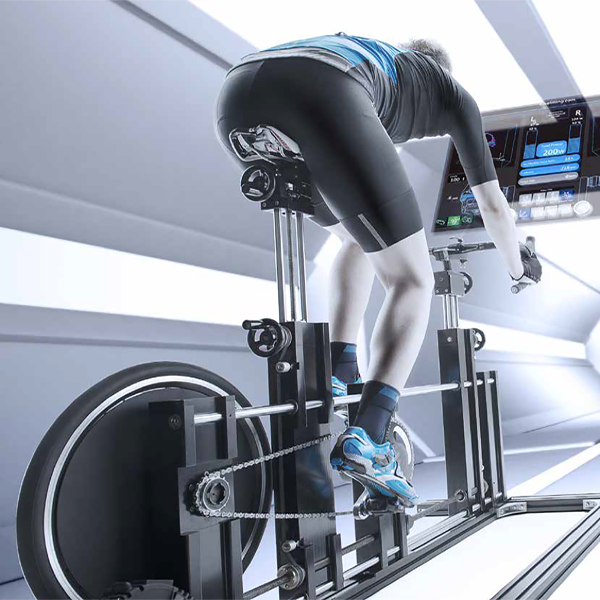
Shimano Dynamic Lab fit bike
Now that we understand your existing bike, your measurements, your constraints, your goals, and flexibility it's time to get on the Shimano fit bike. By watching you in motion on the Shimano Dynamic Lab fit bike our master fitter can start to observe how you are moving on the bike and make adjustments, one at a time, to start to move you toward the ideal fit. This process ensures that you are in the best possible position on all the contact points on the bike. Many times this process can get you close to a good fit. As recently as 5 years ago this was as good as it got, but now science has advanced and we can incorporate dynamic processes with levels of precision and more axis of measurement than ever before.
Dialed-in-Motion Video Capture
Dialed in Motion Video capture seems deceptively simple. Person on bike video taped on rotating platform from the front and the side. What it can reveal is far from simple. A not uncommon problem captured by Dialed in Motion Video capture is knee swing through the full pedal stroke. Your fit could be perfect, but what is revealed knee swing at the top of the pedla stoke. In many cases a change in pedal axle length can alleviate the problem. Reduced knee swing can result in flow through improvements in generated power, saddle comfort, climbing ability, and spin speed. Each person is unique and the benefits of Dialed in Motion Video capture is powerful both in its ability to indicate areas to address as well as help you understand whats happening on the bike and why by seeing yourself in motion.

Shimano 3D Motion Capture
One of the hardest things to capture in the fit process is subtle hip rotation and other movements forward and backward during pedaling. The Shimano 3D motion capture process places motion sensors on your body at key points to identify these subtle motions with precision not possible with video capture. This state of the art process brings to Green Lizard the kind of motion analysis, until recently, only the pro's had access to. If you take your riding seriously Shimano 3D motion capture can really have an impact on your most challenging fit issues.

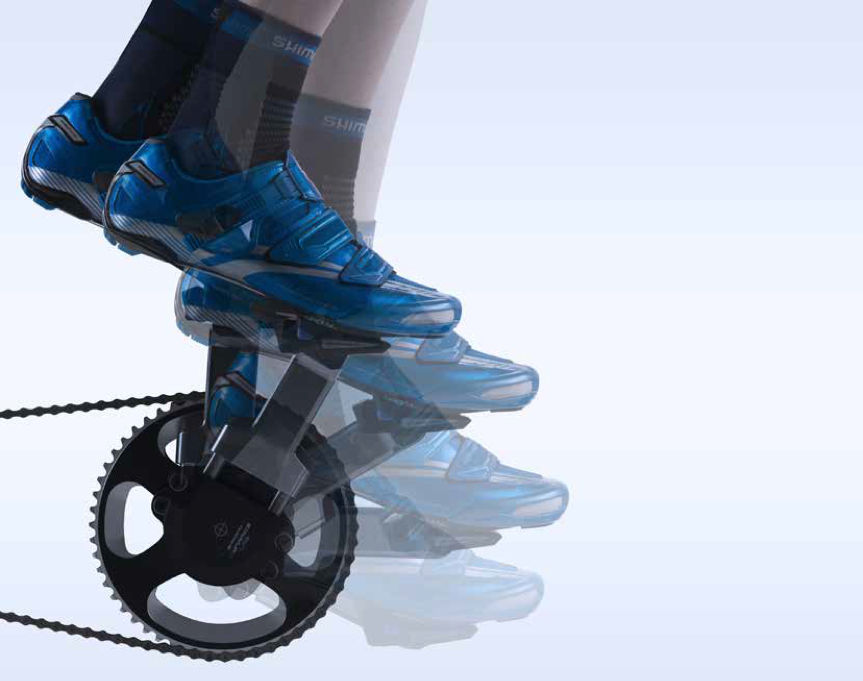
Dynamic Pedal Analysis
Dynamic Pedal Analysis is the pinnacle of the state of the Art Green Lizard "You First" fit process.
With the Shimano Dynamic Pedal Analyzer you are able to get into depth on the your performance. It does not only measure power output, but it can tell the direction of force applied to the pedals at every 7 degrees of the crank revolution, both left and right. This enables the fitter objectively look for asymmetry and left/right imbalances, and can help to improve stability and gain insight in how effective the your pedaling technique really is! See even more details on the many vectors of measurement now possible below.
Triathletes, Time Trial specialists, and long distance riders can all benefit from the deep insight this analysis can bring. For those who have power pedals, many of the graphs may look familiar. The difference here is the integrated analysis of motion capture with pedal analysis and the highly developed skills of our master fitter can put you on the road to be a winning champion.
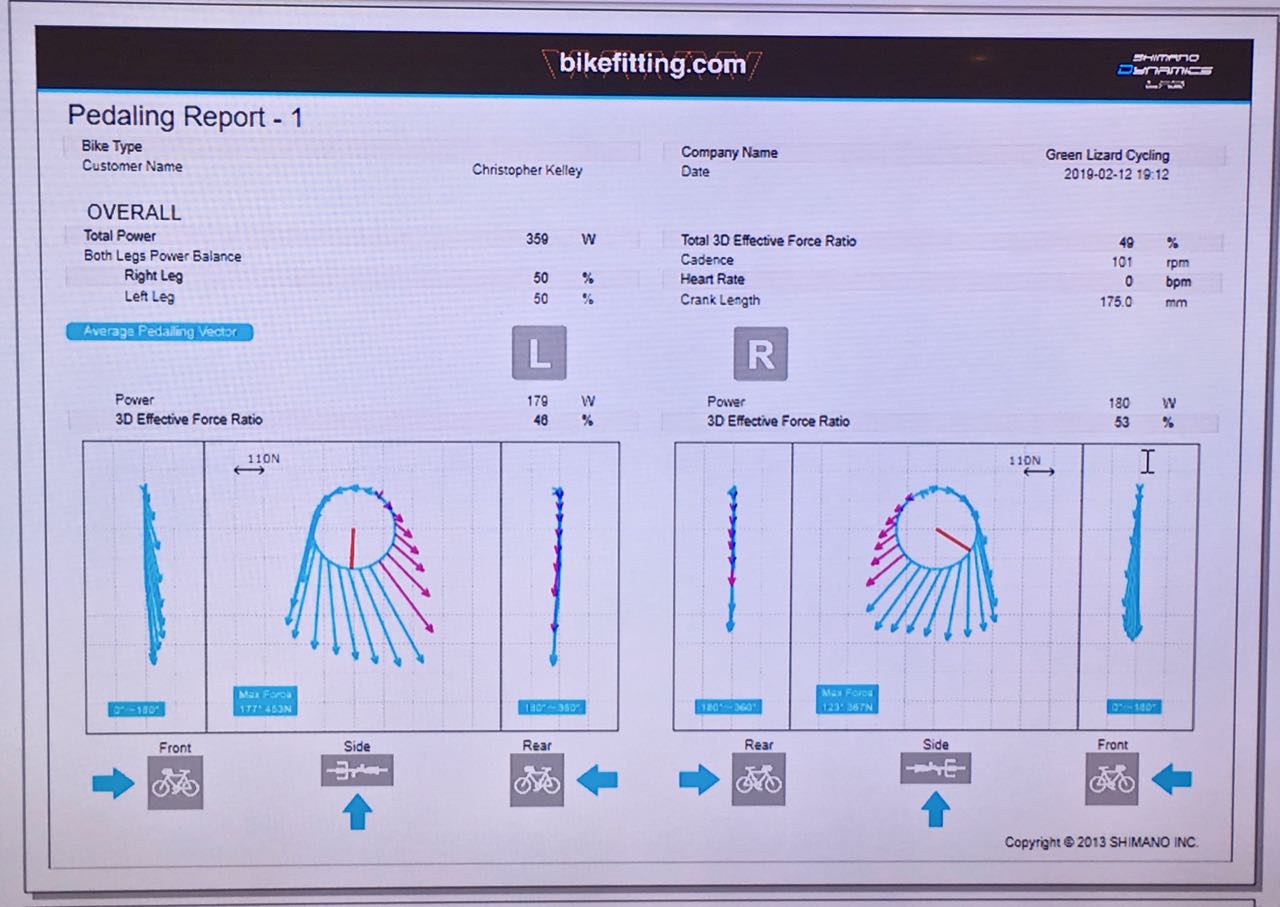
Effective Force Ratio measurement
A force fully tangential on the crank throughout a whole pedal stroke would imply 100% effectiveness. This degree of perfection does not exist in the real world, because there will always be some degree of inefficiency, imbalance or asymmetry in the pedal stroke. The effective force ratio quantifies the level of imperfection, thus providing the rider an objective measure of their mechanical efficiency. All effective forces are measured in 3D and displayed fully independent left and right by our Pedal Analyzer.
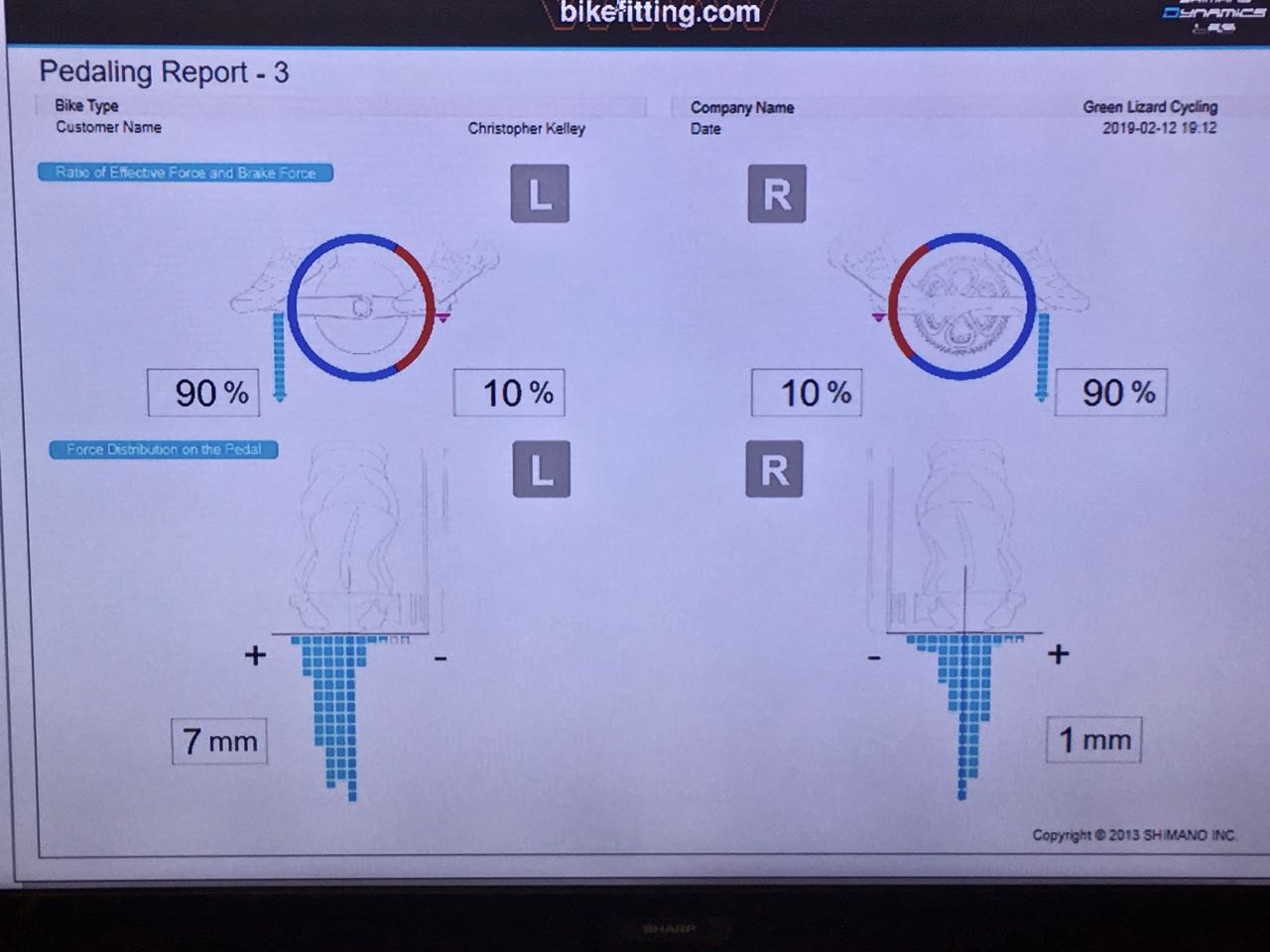
Force Distribution on Pedal Axis
Ideally all the power placed on the pedal should go straight down onto the middle of the pedal axis consistently. However due to instability of the foot or various other reasons this might not be the case. In this screen we can see how the power is applied throughout the pedal stroke. Fo some changes in cleat adjustment and adaptation of the insole to the anatomy of the rider’s foot the foot stability can be improved significantly. For others seeing the changes in power application to pedal axis varying can be indicative of your unique geometry and complex dynamics that may indicate the need for training adjustments.
